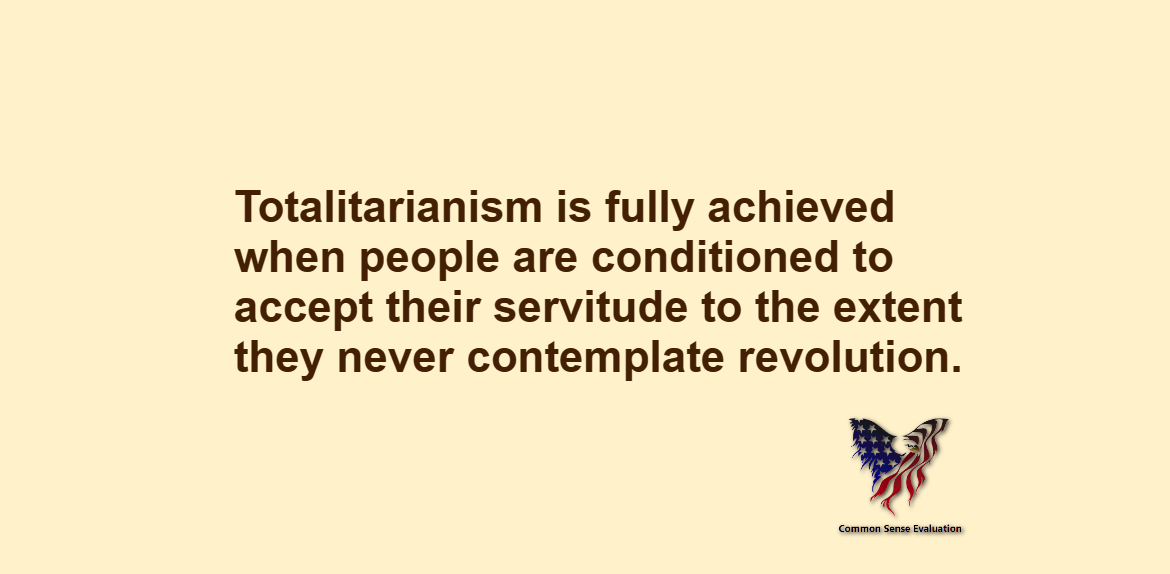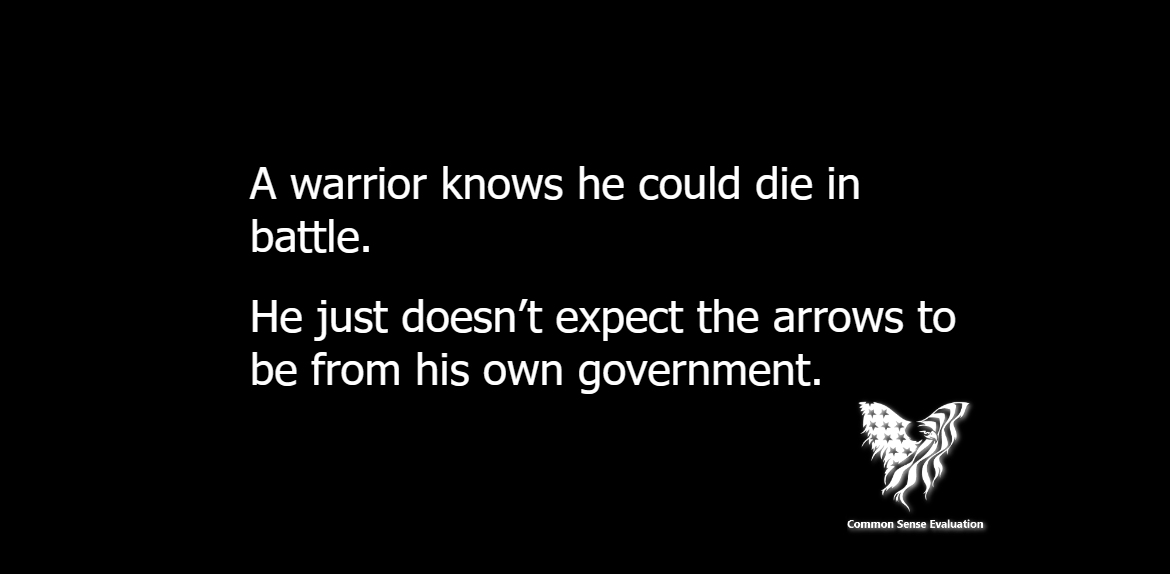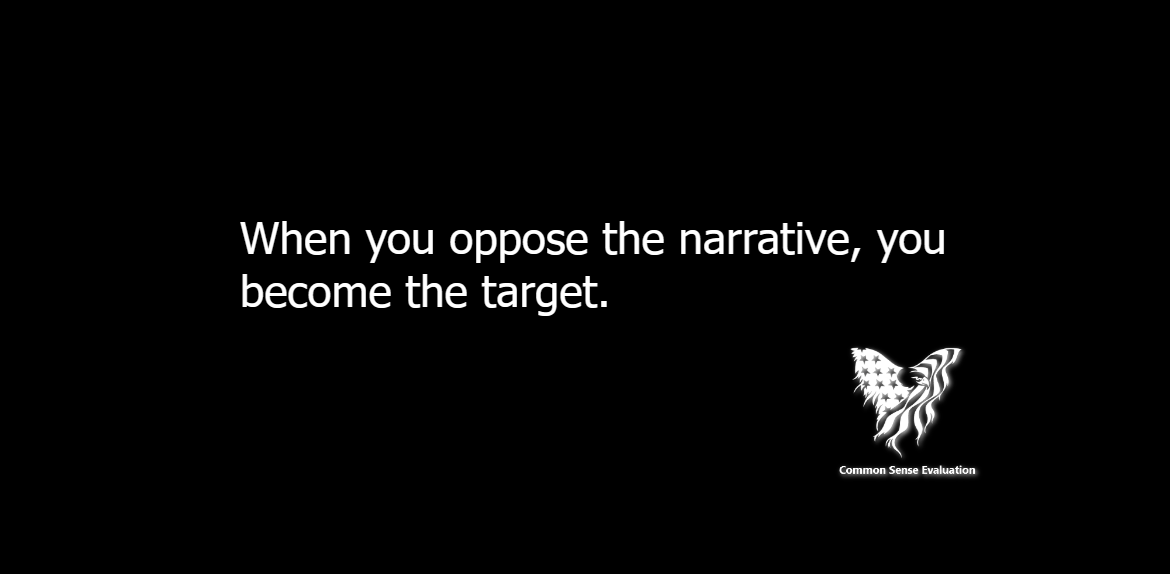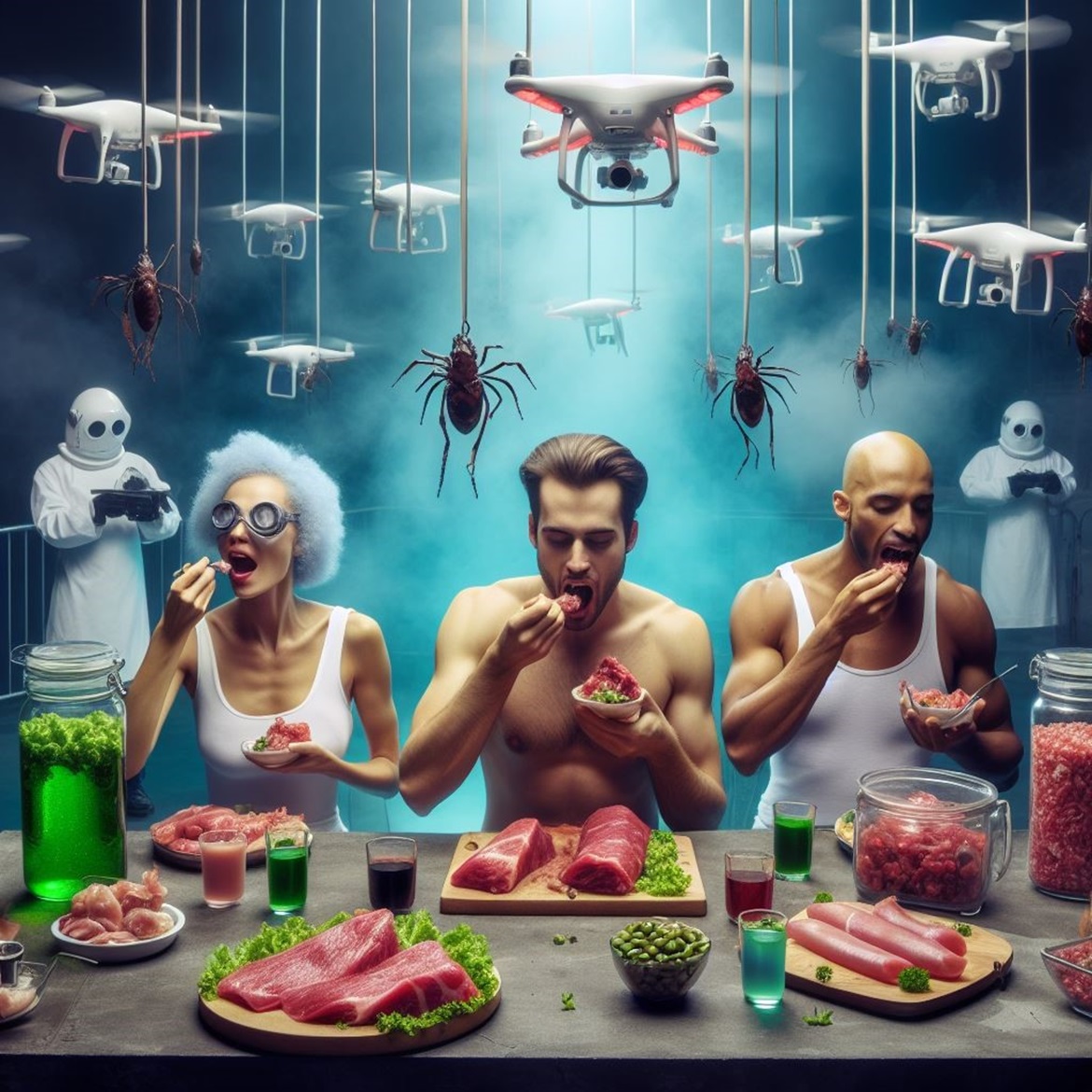Totalitarianism is fully achieved when people are conditioned to accept their servitude to the extent they never contemplate revolution.
Category: Political
The Food Transition: A War on Food, Farmers, and the Public
Imagine a world where you have no choice over what you eat. Where your food is grown in labs or factories, where you are forced to consume insects or synthetic meat, and where your health and nutrition are dictated by a few powerful elites. This is not a dystopian fiction, but a reality that is being planned and pushed by a global network of influential actors who are in the process of implementing “The Food Transition”.
The Food Transition is a term used by the World Economic Forum (WEF), a Swiss-based organization that brings together the world’s richest and most influential people, to describe their vision of transforming the global food system by 2030. According to their website, This transition aims to “shift the world to healthier, more sustainable, and inclusive food systems” by using “innovations” such as lab-grown meat, genetically modified crops, insect farming, and digital platforms.
However, behind this seemingly noble goal lies a sinister agenda that threatens the food security, health, livelihood, and sovereignty of billions of people around the world. The Food Transition is not a grassroots movement, but a top-down imposition of a radical and risky experiment that benefits a few corporations and billionaires at the expense of the public interest.
Who’s Behind it?
This transition is not a spontaneous or organic phenomenon, but a carefully orchestrated and funded campaign by a network of powerful actors who have a vested interest in controlling the global food system. Some key players behind the transition are:
- Klaus Schwab: The founder and executive chairman of the WEF, Schwab is the mastermind behind the concept of the “Great Reset”, a plan to reshape the world economy and society in the wake of the COVID-19 pandemic. Schwab has openly advocated for a “Fourth Industrial Revolution” that would merge humans with machines and artificial intelligence, and has called for a “global governance” that would override national sovereignty and democracy. Schwab is also a promoter of The Food Transition, and has written a book titled “Shaping the Future of Food” that outlines his vision of a “smart” and “sustainable” food system.
- George Soros: The billionaire investor and philanthropist, Soros is known for his involvement in various political and social movements around the world, often supporting causes that undermine national sovereignty and traditional values. Soros is also a major funder of The Food Transition, through his Open Society Foundations and other organizations. For example, Soros has supported the EAT Forum, a platform that advocates for a radical shift to a plant-based diet and a reduction of meat consumption. Soros has also invested in several companies that produce lab-grown meat, such as Memphis Meats and Beyond Meat.
- Bill Gates: The co-founder of Microsoft and one of the richest and most influential people in the world, Gates is a leading figure in the fields of health, education, and agriculture. Gates is also a supporter and funder of The Food Transition, through his Bill and Melinda Gates Foundation and other ventures. For instance, Gates has funded the development of genetically modified crops, such as the “Golden Rice” that claims to combat vitamin A deficiency. Gates has also invested in numerous companies that produce lab-grown meat, such as Impossible Foods and Hampton Creek.
How is the Transition a War on Food, Farmers, and the Public?
The Food Transition is not a benign or benevolent initiative, but a war on food, farmers, and the public. Here are some of the ways that it harms the people and the planet:
- It destroys biodiversity and ecosystems: The transition promotes a monoculture of crops and animals that are genetically modified, patented, and owned by a few corporations. This reduces the diversity and resilience of the natural food system, and exposes it to the risks of pests, diseases, and the climate. Moreover, the transition of food encourages the use of chemicals, pesticides, and fertilizers that pollute the soil, water, and air, and harm the health of humans and wildlife.
- It undermines food sovereignty and security: The transition transfers the control and ownership of the food system from the farmers and the consumers to the corporations and the elites. This erodes the right and ability of the people to decide what, how, and where their food is produced, processed, and distributed. Furthermore, The Food Transition creates a dependency on imported and processed food that is vulnerable to disruptions, shortages, and price fluctuations.
- It threatens health and nutrition: The transition promotes a diet that is unnatural, unhealthy, and unethical. The Food Transition pushes for the consumption of lab-grown meat, insects, and synthetic foods that are produced in unnatural and unhygienic conditions, and that lack the essential nutrients, vitamins, and minerals that are found in real food. Moreover, the Food Transition disregards the cultural, religious, and personal preferences of the people, and imposes a one-size-fits-all diet that violates their dignity and freedom.
What Can We Do to Stop the Food Transition?
The Food Transition is not inevitable, but a choice that we can reject and resist. Here are some of the actions that we can take to stop The Food Transition and protect our food, farmers, and future:
- Educate ourselves and others: The Food Transition relies on deception, propaganda, and manipulation to advance its agenda. We need to educate ourselves and others about the true nature and consequences of The Food Transition, and expose its lies and myths. We need to seek and share reliable and independent sources of information, and challenge the mainstream media and the social media platforms that censor and distort the truth.
- Support local and organic food: The transition of our food aims to destroy the local and organic food system that is based on the principles of diversity, sustainability, and sovereignty. We need to support the local and organic food system that provides us with healthy, fresh, and affordable food, and that respects the environment and the animals. Not only that, but we need to buy and grow our own food, and support the farmers and the markets that produce and sell local and organic food.
- Demand accountability: This transition is a threat to the sovereignty of nations, as it promotes the idea that food production should be controlled by a small group of powerful corporations and technocrats. We need to demand accountability in the food system, and assert our right and voice in the decisions that affect our food and our future. Likewise, we need to elect and pressure our political representatives to enact and enforce laws and policies that protect our food sovereignty and security, and that oppose the Food Transition and its agenda.
We must ensure that the road ahead is one that we’ve chosen, and not one that’s been chosen for us.




